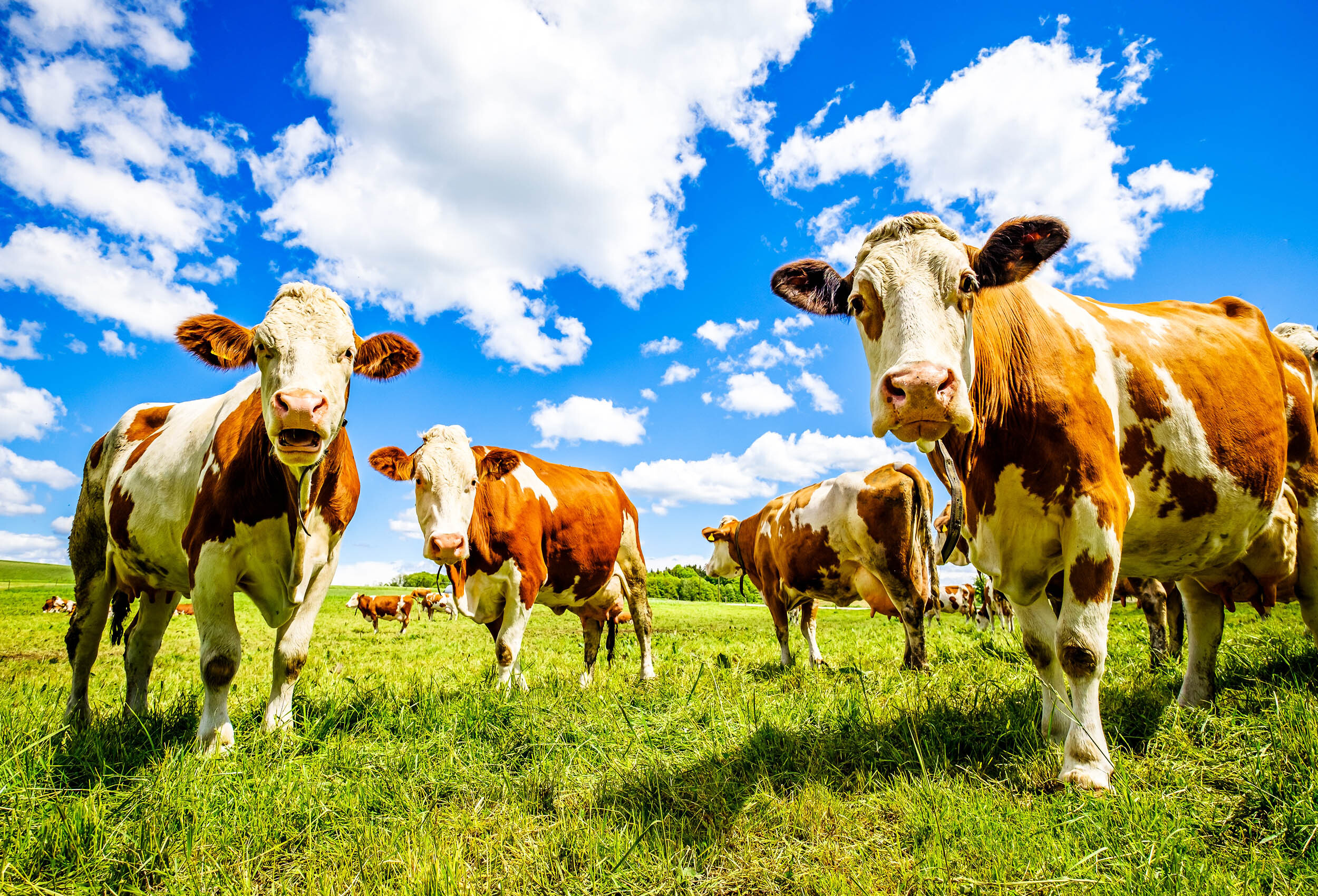The entire lifecycle of raising animals for beef production — from planting and harvesting feed crops to transportation, processing, and refrigeration — consumes a very substantial amount of energy, mostly coming from fossil fuels.
Paper:
Biomass was the principal energy source in preindustrial societies; their agriculture provided more energy than it required. Thus, the energy return on energy investment (EROEI) needed to be >1. Recent studies have indicated that this may not be the case for modern industrialized agrifood systems (AFSs). Although the green revolution radically improved agricultural yields, it came at the expense of increased energy inputs, mainly in the form of fossil fuels. AFSs relying on external energy pose a food security risk, an economic issue for agricultural producers, and an environmental issue for all. Previous EROEI studies investigated mainly certain groups of commodities, typically at the local or national level. Here, a comprehensive global analysis shows that current AFSs have a lower EROEI than previously estimated. Globally, EROEI has increased from 0.68 in 1995 to 0.91 in 2019. In low-income regions, AFSs are still energy sources, but their EROEI has declined with increasing wealth, reflecting the growing utilization of fossil fuels. AFSs of high-income regions are energy sinks, although their EROEI has improved. Food processing is responsible for 40% of the total energy use in the global AFS, notably larger than fertilizer, which accounts for 17%. More than half of the energy use in food processing is for livestock products that also require disproportionate energy input through their inefficient conversion of (human-edible) feed. Livestock products use 60% of energy inputs while delivering <20% of food calories.


